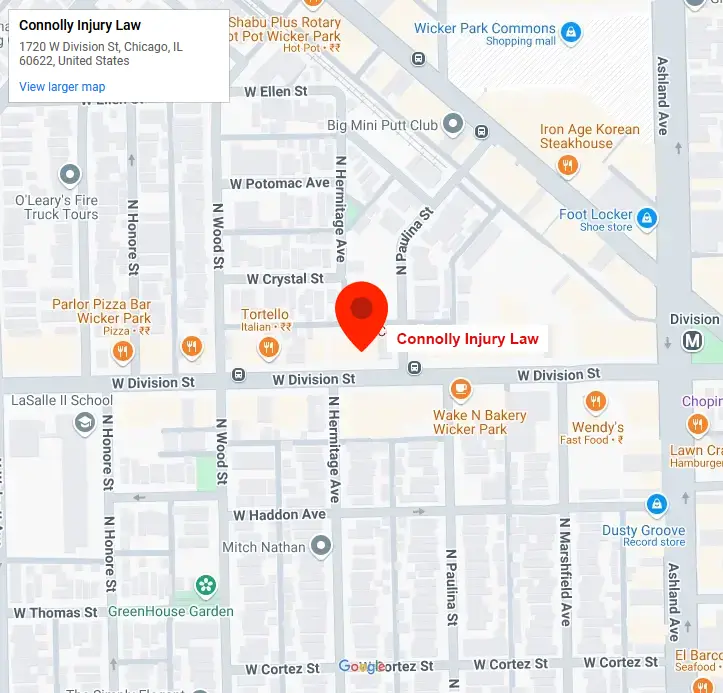Spinal Cord Stimulators And Work Injuries

Spinal cord stimulators are an effective method of managing chronic pain in certain medical conditions when less invasive treatments such as physical therapy, oral medications, and injections have failed to manage the pain. A spinal cord stimulator is a device surgically implanted near the spinal cord that sends electrical signals to the affected nerves in order to reduce pain. They are currently FDA approved for treatment of chronic pain in the arms and legs resulting from nerve damage, as well as for chronic regional pain syndrome, chronic chest pain, and chronic back pain as a complication of back surgery. Since these chronic pain conditions are often long-term consequences of traumatic injuries, including those that occur at work, workers’ compensation benefits can pay for these devices and the surgeries required to install, remove, and replace them. Spinal cord stimulators require replacement every few years, which means that, if your spinal cord stimulator is part of the treatment for a compensable work injury, you will need to get authorization from workers’ comp before each replacement surgery. To find out more about workers’ compensation disputes over injuries that require multiple surgeries, contact a Chicago workers’ compensation lawyer.
Miscommunication Delays Replacement of Injured Waitress’s Spinal Cord Stimulator
In 1999, Gill was working as a cocktail waitress, when a heavy object fell on her right foot during her shift. As a result of the injury, she developed reflex dystrophy of her right foot and leg, and by the time she reached maximum medical improvement, she had lost 45 percent of the use of her right foot. Her treatment included the implantation of a spinal cord stimulator, and she continued to follow up with the doctor who implanted the device.
Gill’s workers’ compensation doctor advised her, when he implanted the spinal cord stimulator, that he would need to replace it after about seven years. In December 2006, the workers’ compensation doctor wrote a letter to the claims adjuster, saying that Gill had responded well to the spinal cord stimulator, but that the device would need to be replaced within the next few months, since it was nearing the end of its functional life. The claims adjuster did not respond, assuming that the doctor would send her another letter, proposing a date for the surgery.
The device stopped functioning in May 2007, and the doctor contacted the claims adjuster again, in order to schedule the surgery. The surgery took place in August; the reason for the last three months of delays was that the doctor and the claims adjuster disagreed about whether the surgery should take place at a hospital or an outpatient surgery center.
Contact a Workers’ Compensation Lawyer About Work Injuries That Cause Chronic Pain
A workers’ compensation lawyer can help you if pain management has become part of your daily life after a work injury, and workers’ compensation is putting up obstacles to getting the treatment that helps you manage your pain. Contact Connolly Injury Law in Chicago, Illinois or call or text 312-780-0816.
Resource:
scholar.google.com/scholar_case?case=18290253505559642301;q=workers%27+compensation+knee;hl=en;as_sdt=4,14;as_ylo=2012;as_yhi=2022

